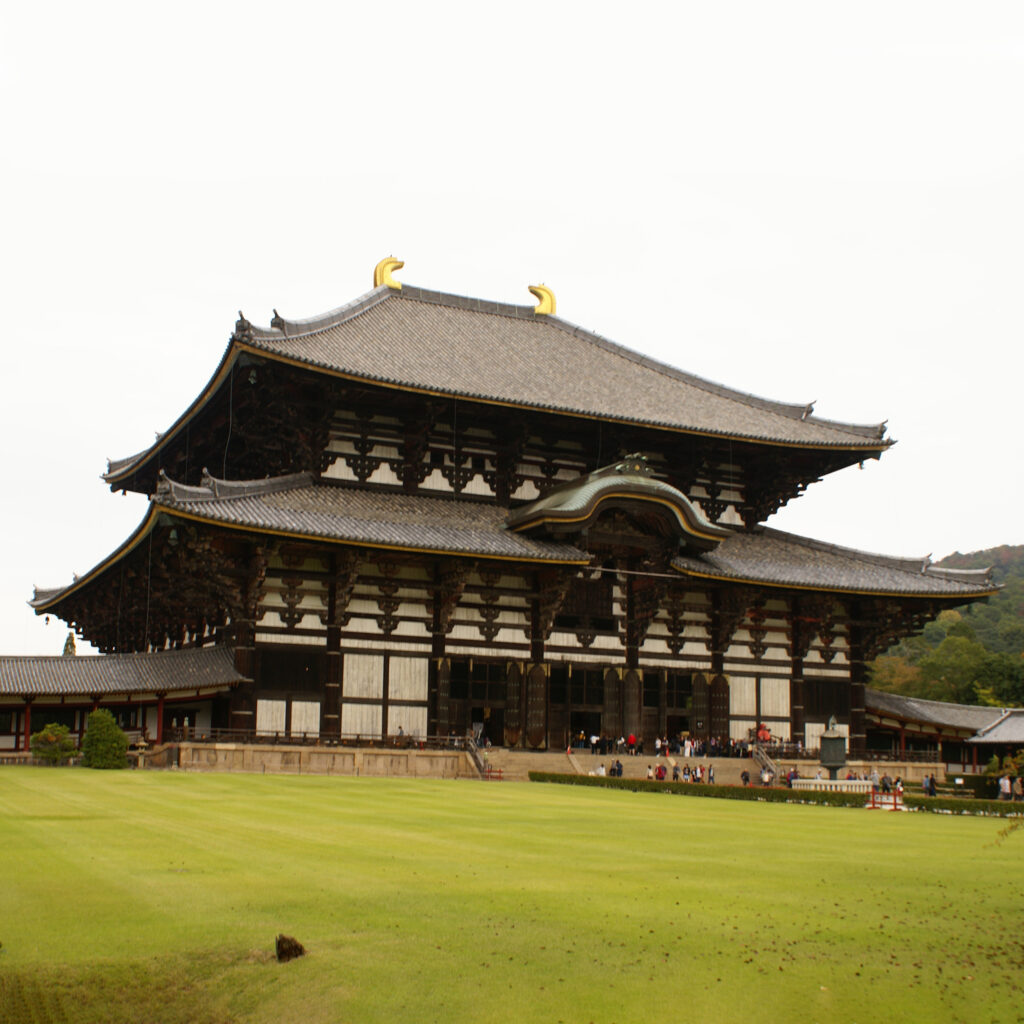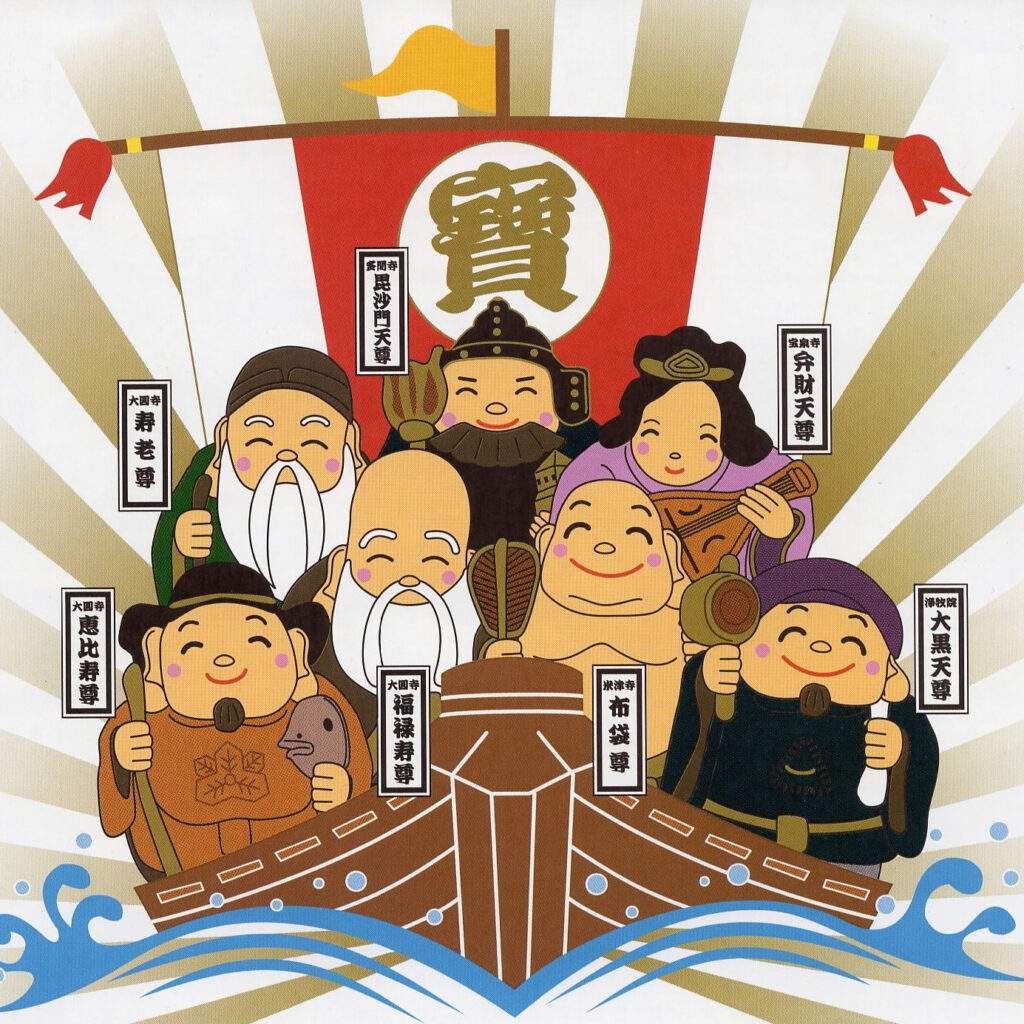The Kasa Obake, literally translated as “haunted umbrella”, is one of the most iconic and intriguing yokai in Japanese folklore. It belongs to the category of Tsukumogami, which are everyday objects that come to life after reaching a venerable age of one hundred years. The Kasa Obake stands out for its astonishing transformation and unique appearance.
This yokai takes the form of an old paper umbrella, usually with one eye and having a tongue or forked tongue, which is often the first feature that catches the eye. The image of Kasa Obake is both humorous and slightly disturbing, illustrating the ability of Japanese folklore to blend playful and fantastical aspects.
The legend of Kasa Obake has its origins in the Edo era (1603-1868), a period when popular beliefs and folk tales flourished. These stories were often used to convey moral teachings or to explain natural phenomena that were inexplicable at the time.
According to stories, when umbrellas were no longer usable or neglected, they could transform into Kasa Obake. The yokai then had the ability to jump and leap with its single foot, while using the handle as an arm. He is often described as mischievous and teasing, playing tricks on humans who venture too close to him.
The influence of Kasa Obake in Japanese popular culture is undeniable, appearing in prints, kabuki plays and even contemporary media. His unique appearance and whimsical nature make him a memorable and recognizable character.
Kasa Obake is a fascinating yokai who embodies the imagination and creativity of Japanese folklore. His transformation from an inanimate umbrella into a living being with anthropomorphic features makes him an essential figure in the yokai universe. This hybrid creature, both amusing and slightly sinister, continues to captivate curious minds and remains tangible proof of the richness and diversity of Japan’s cultural heritage.


